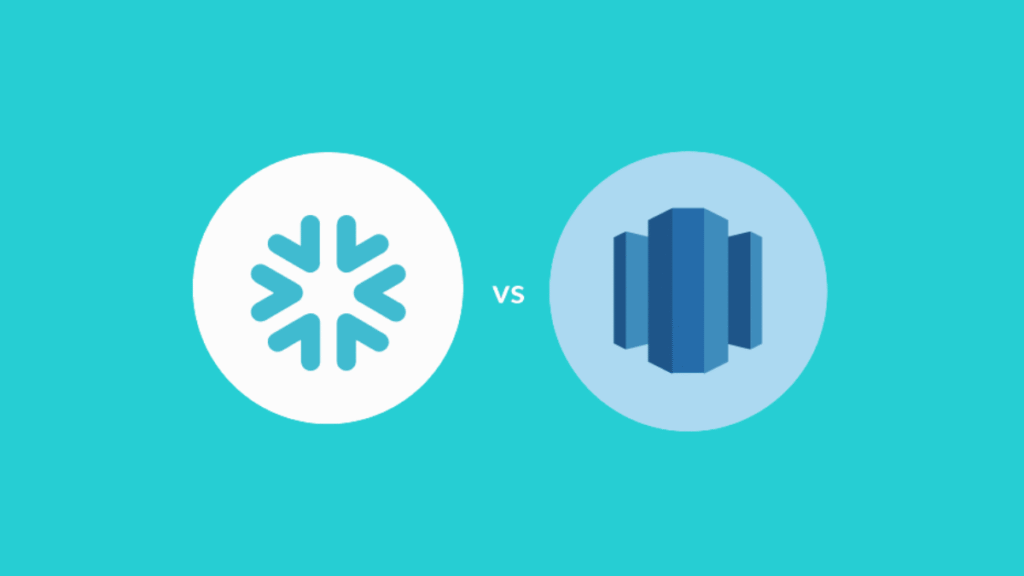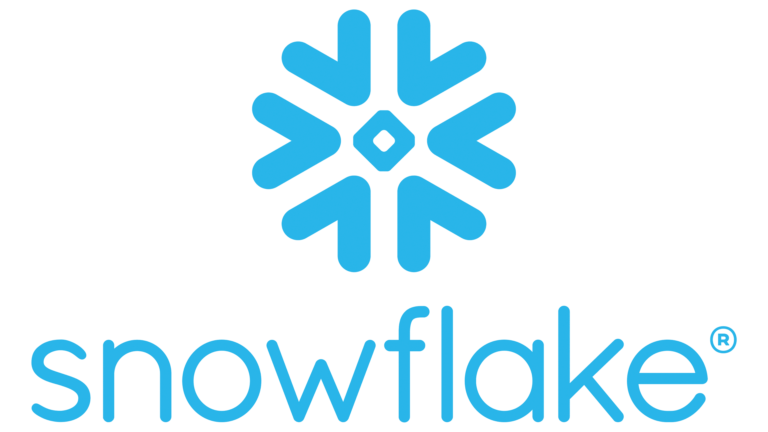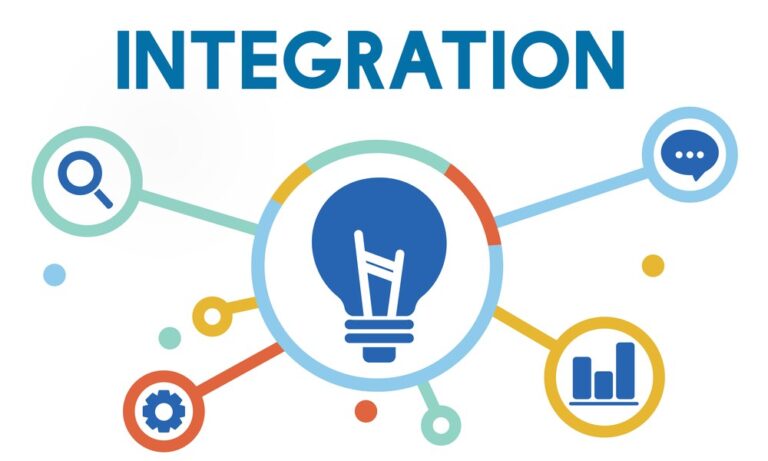
Table of Contents
In today’s data-driven world, choosing the right cloud data warehouse can make or break your analytics strategy. We have several powerful options at our disposal and it can be difficult to come up with a decision. Snowflake and Amazon Redshift are often among the top recommendations, given their promises of speed, flexibility, and performance. In this article, we’ll compare Snowflake and Redshift across key areas to help you decide the most suitable solution for your data needs.
What is Snowflake?

Snowflake is a fully managed cloud data warehouse built for the modern data stack. Unlike traditional databases, Snowflake separates storage and compute and offers a pay-as-you-use strategy. This allows users to scale their resources independently and in a cost-effective manner. It is compatible with all the major cloud providers (like AWS, Azure, and Google Cloud) and offers a seamless integration with their tools and services.
Key Features of Snowflake
- Architecture that separates compute, storage, and services
- Supports both structured and semi-structured data (e.g., JSON, Avro, Parquet)
- Automatic scaling and concurrency handling with virtual warehouses
- Time Travel and Fail-safe features for data recovery
- Secure data sharing across accounts and cloud platforms
- Zero-maintenance with automatic tuning and optimization
What is Redshift?

Amazon Redshift is a cloud-based data warehouse service from AWS, designed to handle large-scale data analytics. It is based on PostgreSQL and optimized for online analytic processing (OLAP). This makes it a popular choice for companies and enterprises that are already using the AWS ecosystem. Redshift offers fast query performance using columnar storage and parallel processing.
Key Features of Redshift
- Deep integration with AWS services, like S3, Glue, and Athena
- Columnar data storage for efficient querying
- Redshift Spectrum to query data directly from S3 without loading
- Concurrency scaling to handle unpredictable workloads
- Materialized views for faster performance on repetitive queries
- Support for data lake integration and federated queries
Now that we have identified some basic knowledge about Snowflake and Amazon Redshift, let’s dive into the key metrics to identify which one of them is more suitable for your needs.
Snowflake vs. Redshift – Architecture & Scalability

The architecture of a data warehouse determines how it handles performance, scaling, and concurrency.
Snowflake uses a multi-cluster shared-data architecture which is built on top of cloud providers. This means that the compute, storage, and cloud services layers of Snowflake are completely decoupled. It is probably the biggest advantage of using this data warehouse where you get true horizontal scaling. The users can run multiple virtual warehouses in parallel for different teams or workloads (accessing the same data without contention).
This design supports elastic scaling, automatic workload isolation, and concurrency without impacting query performance. On top of that, there’s no infrastructure to manage and the simplicity of operations is ideal for non-technical users.
The architecture of Redshift is designed in a more traditional way. It uses clustered architecture in which compute and storage are tightly integrated. Although it results in a much better performance in predictable workloads, the lack of flexibility can be an issue with variable usage.
AWS has introduced some features to counter these problems. For example, RA3 nodes are used to decouple compute from storage and Redshift Spectrum can be used to query data in S3 without loading it. The downside of these services is that they require more setup and can require technical expertise.
Scaling on Redshift is also trickier than Snowflake. You can either resize the entire cluster or add concurrency scaling clusters (manually) whenever there is a need.
Takeaway
- Snowflake offers instant, hands-free scalability with zero management.
- Redshift provides power and control and scales well, but is more complex and requires infrastructure knowledge.
Snowflake vs. Redshift – Performance & Ease of Use

Fast queries and smooth operations are a dream for every organization. However, it must not require a large team of experts to achieve these goals.
Snowflake is highly optimized for performance and offers a range of easy-to-use services. For instance, it automatically manages query optimization, indexing, and caching. This means that you rarely need to tweak any settings and your data infrastructure will keep working.
If one virtual warehouse gets overloaded, Snowflake can automatically add clusters to handle concurrent users. The best part is that it also shuts them down when no longer needed. This makes it easy to deliver consistent performance without manual tuning and spending too much.
The clean UI, rich documentation, and an intuitive SQL experience of Snowflake is another huge plus. Developers and analysts can onboard quickly without worrying about performance configurations or tuning knobs.
Redshift is extremely powerful and fast, especially when configured correctly. It uses columnar storage, parallel processing, and materialized views for performance gains. However, it requires more manual tuning. For example, users must define distribution styles, sort keys, and manage vacuuming to maintain performance over time.
In all honestly, Redshift offers a lot more than Snowflake (in terms of performance) but it comes at a cost. It’s much more hands-on and will need you to have the technical knowledge to benefit from its automatic table optimization and serverless mode.
Takeaway
- Snowflake offers quality performance with self-managed optimization (minimal effort).
- Redshift offers better performance but at the cost of manual tuning and upkeep.
Snowflake vs. Redshift – Pricing

Cost is often the biggest factor to influence your choice of data warehouse. It’s important to consider the long-term impact of your choice, especially for growing data operations.
Snowflake uses a pay-as-you-go pricing model and charges separately for compute and storage. Storage is just a small part of the total cost in most instances. For the compute, you only pay when virtual warehouses are running and the billing is calculated per second (with a 60-second minimum window). This makes Snowflake ideal for variable workloads—such as those that spike during business hours but are idle at night.
However, this flexibility requires careful monitoring of compute usage to actually reap the benefits. Otherwise, your Snowflake bill can increase exponentially. For example, if warehouses are left running even when they are not processing any data, costs will keep adding up. Tools, like resource monitors and auto-suspend, can prove quite handy to mitigate these risks.
If you want to know more about monitoring costs on Snowflake, click here.
In contrast to Snowflake, Redshift uses a node-based pricing model, where storage and compute are bundled together. You pay hourly for the nodes in your cluster and reserved instances offer significant discounts (up to 75%) for long-term commitments. This model provides cost predictability but it can lead to underutilized resources if workload patterns aren’t constant.
AWS has also launched a Snowflake-like model (Redshift Serverless) which operates on a usage-based billing. However, it’s still very new and some of the features are still under development.
Takeaway
- Snowflake = granular, flexible pricing which is great for dynamic workloads but it’s important to watch your runtime.
- Redshift = predictable costs with savings for long-term commitments.
Snowflake vs. Redshift – Data Format & Integrations

It’s critical for a modern data warehouse to handle diverse data formats and fit well into existing toolchains.
Snowflake acknowledges that and is designed to work seamlessly with both structured and semi-structured data formats. This includes JSON, Parquet, Avro, ORC, and even XML. It also offers native support and schema-on-read capabilities that enables you to query semi-structured data directly without transformation. This is particularly valuable for businesses dealing with web logs, IoT streams, or nested event data.
Snowflake is also compatible with a diverse range of tools. For example, it can cater to ETL/ELT tools (e.g., Fivetran, dbt, Talend), BI platforms (Looker, Tableau, Power BI), and machine learning environments. It also provides cross-cloud analytics and vendor flexibility given its well-spread operation across AWS, Azure, and Google Cloud.
Redshift was originally designed to focus on structured data. However, it’s been forced to think otherwise and is now catching up. The launch of Redshift Spectrum allows the users query files in S3 (e.g., JSON, Parquet) and SUPER data types allow for semi-structured data in native tables. However, you can’t deny that querying nested data is less intuitive than Snowflake’s VARIANT support.
Redshift is an ideal data warehouse if you are already committed to the AWS ecosystem. It integrates seamlessly with the native services, like S3, Glue, Lambda, and SageMaker, and guarantee best possible results.
Takeaway
- Snowflake = Broader native format support, cross-cloud compatible & tool-friendly.
- Redshift = AWS-centric powerhouse with improving semi-structured support (less native).
Snowflake vs. Redshift – Security, Compliance & Availability

Have you heard people say, “data is the gold of the modern world”? Data security and uptime are the top priorities for companies as they can lose millions in case of a breach.
Snowflake realizes that and delivers enterprise-grade security out of the box. It supports end-to-end encryption, network policies, multi-factor authentication, and role-based access control. Similarly, it offers features, like row-level security, dynamic data masking, and access history auditing for additional security.
In terms of compliance, Snowflake is certified for HIPAA, SOC 1/2/3, PCI DSS, and ISO/IEC 27001. The automatic replication and failover capabilities of Snowflake enable it to ensure high availability and fault tolerance across cloud regions.
Redshift provides robust security through AWS Identity and Access Management (IAM), KMS-based encryption, VPC-based network isolation, and column-level access control. It’s compliant with major recognized standards, like FedRAMP, HIPAA, and GDPR, and offers high availability to all the users.
It has automated snapshots, cross-region replication, and multi-AZ deployment to ensure your data is safe and available. However, most of these features typically require explicit configuration and more operational management than Snowflake.
Takeaway
- Snowflake = secure by default with minimal setup, comprehensive compliance, and built-in high availability
- Redshift = highly secure and compliant with strong AWS controls but requires additional setup for availability.
Snowflake vs. Redshift – Data Sharing

Modern platforms must not only analyze data but also enable collaboration so that the information can be shared across regions and organizations.
Data sharing is what makes Snowflake so much more valuable than other data warehouses. It allows real-time, live data sharing across Snowflake accounts even if they are across different cloud providers. The fact that this data sharing happens without any duplication of data acts as a cherry on top. This is a massive advantage for companies collaborating with partners, clients, or subsidiaries.
Redshift is not very friendly when we talk about data sharing. Although it has recently added Redshift Data Sharing, the scope of sharing is only limited to within the same AWS organization.
Takeaway
- Snowflake = best-in-class for live, secure, and cross-cloud data sharing.
- Redshift = Limited data sharing within the same AWS organization.
|
Feature |
Snowflake |
Redshift |
|
Architecture |
Multi-cluster architecture with instant, elastic scaling and decoupled compute & storage |
Cluster-based architecture with partial decoupling (RA3) and requires manual resizing or Spectrum for scaling |
|
Performance |
Auto-optimized performance with a user-friendly interface |
High performance but requires manual tuning and configuration |
|
Pricing |
Highly flexible billing system with a pay-per-second model for compute and storage is billed separately |
Hourly pricing for provisioned clusters and discounted reserved instances (serverless in beta) |
|
Data Format and Integrations |
Native support for structured/semi-structured data (JSON, Parquet, Avro) and cross-cloud support |
Supports semi-structured data via SUPER and Spectrum and deeply integrated with AWS services |
|
Security and Compliance |
Always-on encryption, row-level security, SOC, HIPAA, PCI, ISO certifications, and built-in high availability |
IAM, VPC isolation, column-level control, FedRAMP, HIPAA, GDPR certifications, and manual setup for high Availability |
|
Data Sharing |
Secure live data sharing across accounts/clouds |
Redshift Data Sharing (within the same AWS organization) |
You can’t identify a clear winner in the Redshift vs. Snowflake battle because both are powerful cloud data warehouses. Each with its own strengths and what suits you the most depends on your needs. Snowflake offers modern architecture, effortless scalability, and flexible pricing model which is ideal for teams seeking simplicity and cross-cloud capabilities. Redshift, on the other hand, is a solid choice for organizations deeply invested in the AWS ecosystem as it offers tight integration with other AWS services and cost-effectiveness through reserved pricing.
FAQ
Yes, Snowflake natively supports semi-structured data like JSON, Avro, and Parquet, offering schema-on-read capabilities without requiring transformation.
Redshift supports semi-structured data via Redshift Spectrum and SUPER data types, though its handling is less intuitive than Snowflake’s native support.
Snowflake allows real-time, cross-cloud data sharing without duplication, while Redshift’s data sharing is limited to the same AWS organization.
